In this repository we provide code of the paper:
Deep equilibrium models for video snapshot compressive imaging
Yaping Zhao, Siming Zheng, Xin Yuan
arxiv link: https://arxiv.org/abs/2201.06931
- paper | code | Mathematical Cookbook
- reported in Chinese by QbitAI, IntelligentOptics
- video presentation on YouTube, Bilibili (English, Chinese, Cantonese)
| Compressed Measurement | 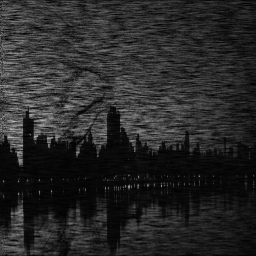 |
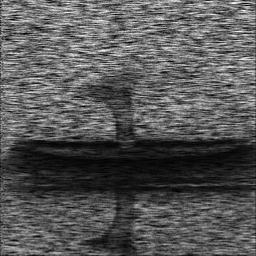 |
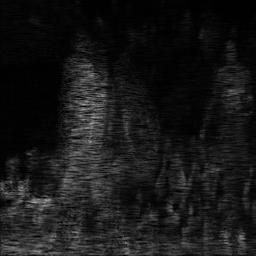 |
|---|---|---|---|
| Our Reconstruction Result | 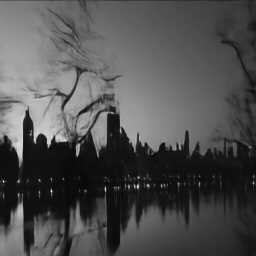 |
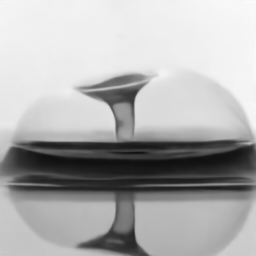 |
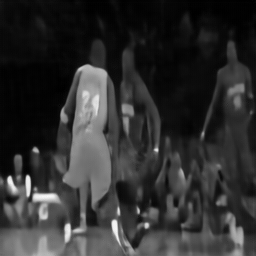 |
| Compressed Measurement | 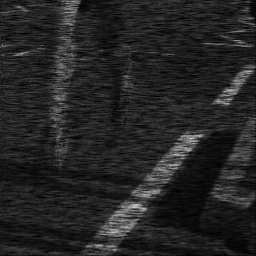 |
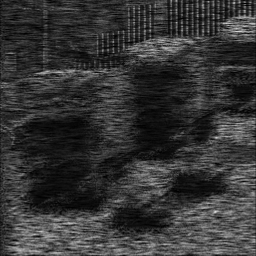 |
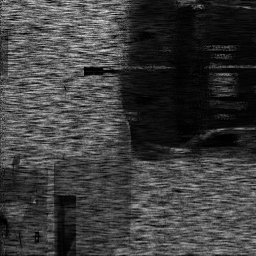 |
|---|---|---|---|
| Our Reconstruction Result | 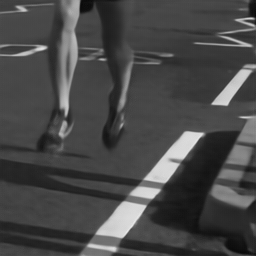 |
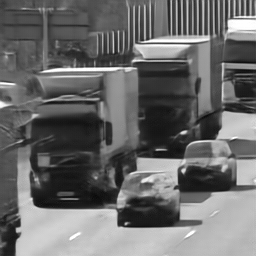 |
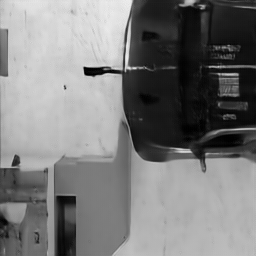 |
For pre-requisites, run:
conda env create -f environment.yml
conda activate deq
Pre-trained models are provided in the models folder, and testing datasets in the data/test_gray/ folder.
Therefore, you can quickly get started without additional downloads required.
To reproduce the main results from our paper, simply run:
sh test_ffdnet.sh
or
python ./video_sci_proxgrad.py --savepath ./save/test_ffdnet/ --testpath ../data/test_gray/ --loadpath ./models/ffdnet.ckpt --denoiser ffdnet --and_maxiters 180 --inference True
Pretrained DE-GAP-CNN and DE-GAP-RSN-CNN are also provided in the models folder. For testing those models, sun:
sh test_cnn.sh
or
sh test_rsn_cnn.sh
The training dataset is available at OneDrive
and Baidu Netdisk (password: df8a). Download and unzip the file into
the folder data/DAVIS/matlab/, of which the file structure should be:
- DAVIS/
- matlab/
- gt/
- measurement/
- data_generation.m
- mask.mat
- matlab/
For training DE-GAP-FFDnet from scratch, you could simply run:
sh train_ffdnet.sh
or
python ./video_sci_proxgrad.py \
--savepath ./save/train_ffdnet/ \
--trainpath ../data/DAVIS/matlab/ \
--testpath ../data/test_gray/ \
--denoiser ffdnet
If you want to try different settings, you could find, use and add the arguments in the video_sci_proxgrad.py.
For example, you may run:
python ./video_sci_proxgrad.py \
--batch_size 1 \
--lr 0.0001 \
--lr_gamma 0.1 \
--sched_step 10 \
--print_every_n_steps 100 \
--save_every_n_steps 1000 \
--savepath ./save/train_ffdnet/ \
--trainpath ./data/DAVIS/matlab/ \
--testpath ./data/test_gray/ \
--loadpath ./save/ffdnet.ckpt \
--denoiser ffdnet \
--gpu_ids 0
Cite our paper if you find it interesting!
@inproceedings{zhao2023deep,
title={Deep Equilibrium Models for Snapshot Compressive Imaging},
author={Zhao, Yaping and Zheng, Siming and Yuan, Xin},
booktitle={Proceedings of the AAAI Conference on Artificial Intelligence},
volume={37},
number={3},
pages={3642--3650},
year={2023}
}
@article{zhao2022deep,
title={Deep equilibrium models for video snapshot compressive imaging},
author={Zhao, Yaping and Zheng, Siming and Yuan, Xin},
journal={arXiv preprint arXiv:2201.06931},
year={2022}
}
@article{zhao2022mathematical,
title={Mathematical Cookbook for Snapshot Compressive Imaging},
author={Zhao, Yaping},
journal={arXiv preprint arXiv:2202.07437},
year={2022}
}